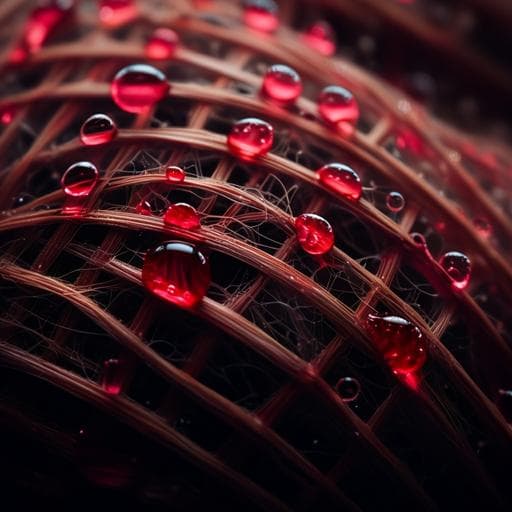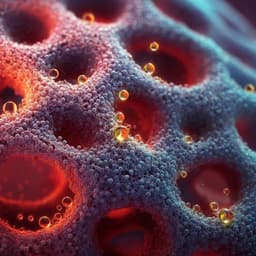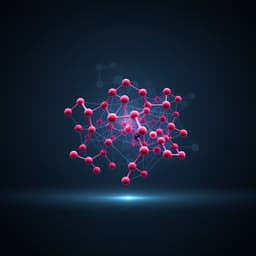
Medicine and Health
Efficient, biosafe and tissue adhesive hemostatic cotton gauze with controlled balance of hydrophilicity and hydrophobicity
H. He, W. Zhou, et al.
Discover a groundbreaking hemostatic cotton gauze that outperforms standard options and Combat Gauze™. This innovative gauze features a unique surface modification with a catechol compound and a long hydrophobic alkyl chain, leading to enhanced hemostatic properties and biosafety. The research was conducted by Huaying He, Weikang Zhou, Jing Gao, Fan Wang, Shaobing Wang, Yan Fang, Yang Gao, Wei Chen, Wen Zhang, Yunxiang Weng, Zhengchao Wang, and Haiqing Liu.
~3 min • Beginner • English
Related Publications
Explore these studies to deepen your understanding of the subject.







